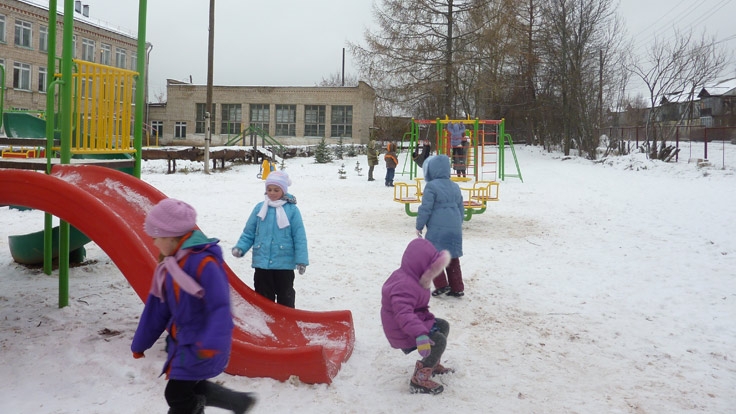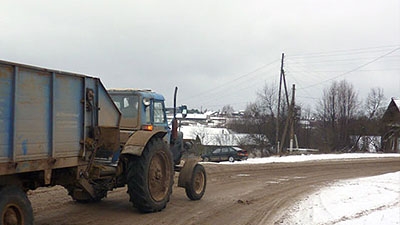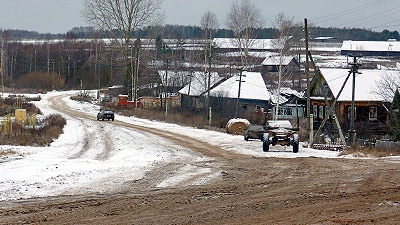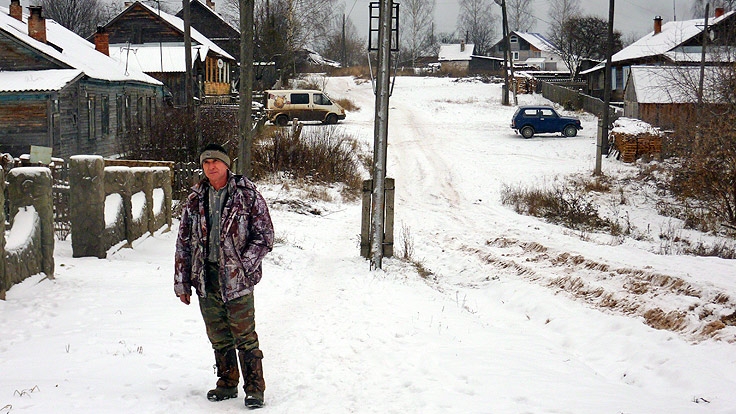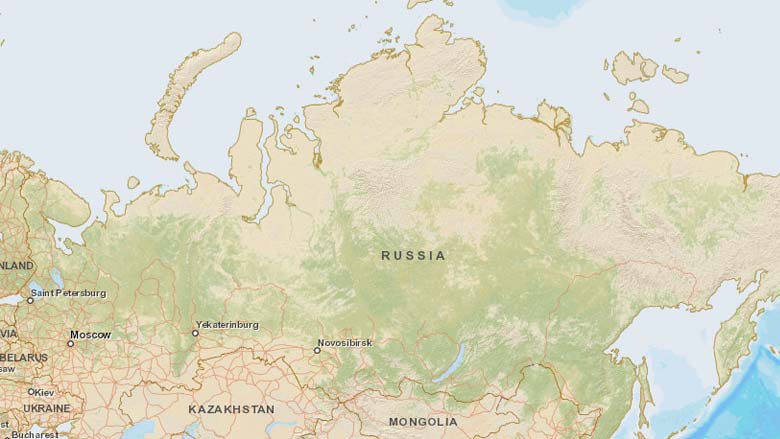Challenge
During the Soviet period, all administrative systems were highly centralized. To address this problem, the Russian government over the past decade has introduced a number of decentralization reforms, devolving responsibilities for social services and funding to lower levels of subnational governments. Nevertheless, until recently, rural settlements in Russian regions had little role in prioritizing and developing these services; people thus had little sense of ownership of or interest in supporting or providing cofinancing for them. Communities remained passive, as they did not believe that their priorities mattered, leaving them with little experience in implementing projects. A 2010 base-line survey in the KO revealed that: there was a significant difference between the citizens and the local authorities on their understanding of local priorities and issues; the majority of people thought that all decisions in their settlement were made by one person, and only 3 percent believed that they were involved in decision making in any way; and the transparency of budget funds at the local level remained an important issue for most people.
